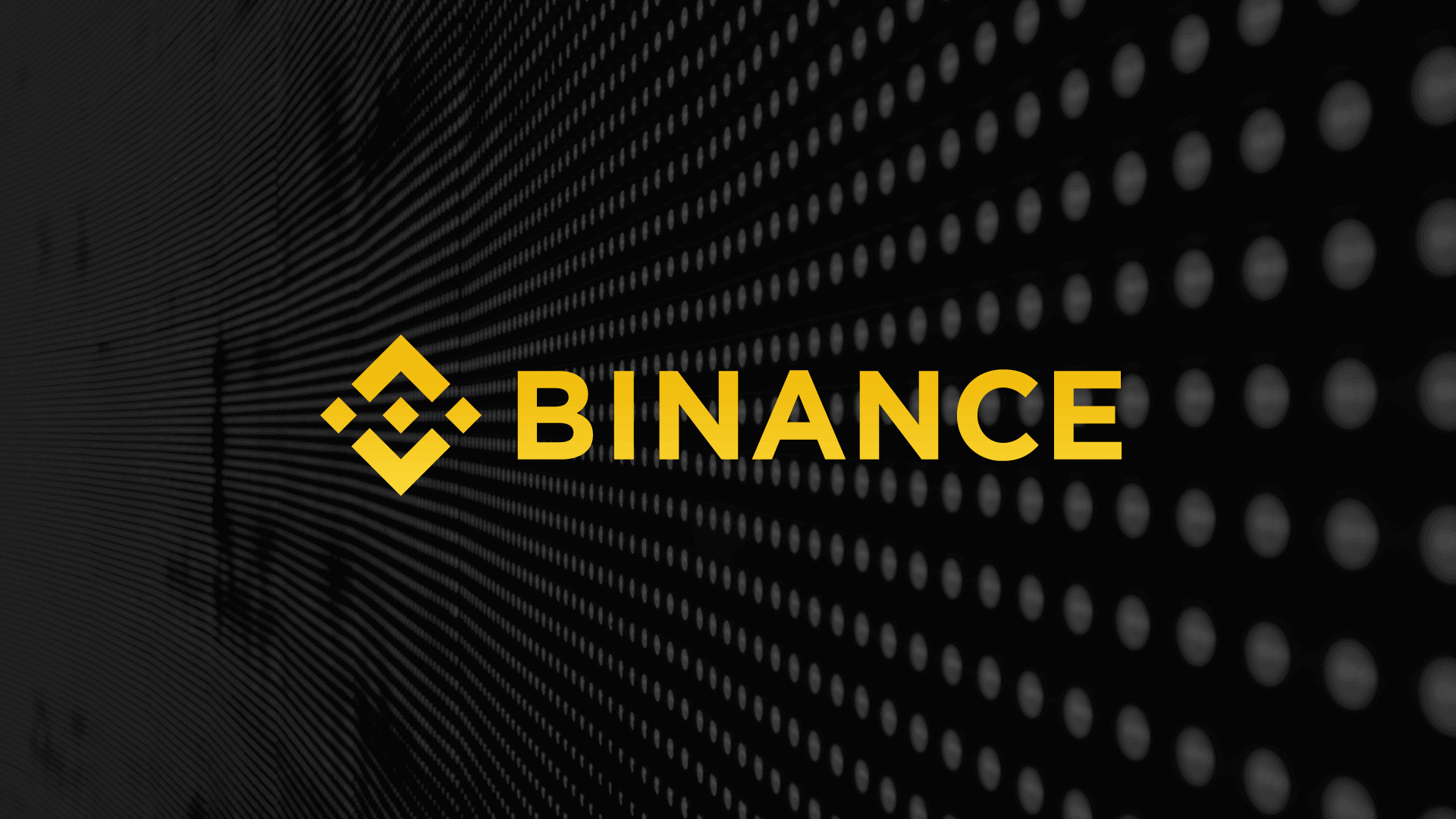Binance Launches New High-Leverage Altcoin Contract
07.11.2024 20:00 1 min. read Alexander Zdravkov
Binance Futures recently announced the upcoming launch of a high-leverage 1000000MOGUSDT perpetual contract, allowing users to trade MOG Coin with up to 75X leverage.
This new listing has generated considerable excitement among investors, who are speculating that it could drive a MOG price rally in the near future. Positive developments from major exchanges like Binance often bolster market sentiment, which can, in turn, boost asset prices.
The introduction of MOG Coin to Binance Futures demonstrates the platform’s commitment to expanding its offerings for traders. By allowing users to trade MOG Coin with 75X leverage, Binance aims to attract more active traders who are optimistic about MOG’s potential for growth.
With this perpetual contract, traders gain access to a range of leveraged trading opportunities, settled in USDT with a tick size of 0.0001 and capped funding rates between +2.00% and -2.00%.
While high-leverage products can appeal to experienced traders seeking significant returns, they also come with considerable risks. Along with its 75X leverage, the MOG contract will also support Binance’s Multi-Assets Mode, enabling users to use other cryptocurrencies, such as Bitcoin, as collateral.
This flexibility enhances traders’ control over their collateral and margin requirements, making the platform even more attractive for sophisticated users looking to diversify their trading strategies.
-
1
Pi Coin Plummets Over 20% as Community Confidence Erodes
18.05.2025 12:00 2 min. read -
2
Public Blockchain Firm Pivots From Bitcoin to Ethereum With $57M Acquisition Plan
16.05.2025 13:00 1 min. read -
3
Binance Expands Futures Platform with New High-Leverage Contract
16.05.2025 15:47 1 min. read -
4
Vitalik Buterin: Ethereum Must Be Ready to Replace Cash
27.05.2025 14:00 1 min. read -
5
XRP Price Prediction: Can CME Futures Propel XRP to $4?
26.05.2025 23:49 3 min. read
Whale Activity Triggers Caution for Select Altcoins Amid Bitcoin Optimism
While Bitcoin continues to capture attention with its strong 2025 outlook, several altcoins may be facing near-term turbulence.
BlackRock Boosts Crypto Holdings with Over $350M in BTC and ETH
BlackRock is making another assertive move into digital assets, quietly expanding its crypto portfolio with sizable purchases of both Bitcoin and Ethereum.
Ethereum ETFs Attract Over $740 Million, Signaling Institutional Confidence
Ethereum appears to be entering a pivotal stage, with subtle shifts across its ecosystem hinting at a potential breakout.
Ethereum Gaining Ground as Institutional Favorite for Financial Infrastructure
Ethereum could one day surpass Bitcoin in value, not through speculation, but by anchoring a new kind of financial system, according to a key blockchain executive.
-
1
Pi Coin Plummets Over 20% as Community Confidence Erodes
18.05.2025 12:00 2 min. read -
2
Public Blockchain Firm Pivots From Bitcoin to Ethereum With $57M Acquisition Plan
16.05.2025 13:00 1 min. read -
3
Binance Expands Futures Platform with New High-Leverage Contract
16.05.2025 15:47 1 min. read -
4
Vitalik Buterin: Ethereum Must Be Ready to Replace Cash
27.05.2025 14:00 1 min. read -
5
XRP Price Prediction: Can CME Futures Propel XRP to $4?
26.05.2025 23:49 3 min. read


